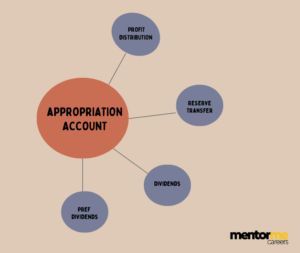Last updated on December 15th, 2022 at 11:42 am

Author: Sarthak Bhalerao
Table of Contents
- What is Trade Credit?
- Understanding Trade Credit
- Credit period
- Credit analysis
- Advantages and Disadvantages of Trade Credit
What is Trade Credit?
Trade credit, in commercial finance, is an agreement between parties in which the customer can purchase goods or services without paying cash upfront. The customer will pay the supplier at a date scheduled in the future. In the process, the seller is said to extend credit to the buyer. Trade credit can prove to be a good way for businesses to free up cash flow to finance their short-term goals. Trade credit increases a company’s assets while deferring payment for a specified value of goods or services sometime in the future. However, this still counts as revenue to the supplier in the form of accrued income.
Understanding Trade Credit
Trade credit is offered for either 7, 30, 60, 90, or 120 days but businesses such as goldsmiths and jewellers may extend the credit for a more extended period. Trade credit is considered an advantage for the buyer. A business to business (B2B) trade credit allows the buyer to produce and manufacture goods even before paying for them. This allows the companies to have revenue that can cover the cost of the goods sold. Walmart is the biggest utiliser of trade credit. If trade credit is offered to the buyer, it provides an advantage to the seller’s cash flow. Trade credit is also involved in many international business deals as well. For example, a customer is granted credit with the terms 5/15, net 60. This means that the customer has 60 days from the invoice date to repay the supplier. In addition to this, the customer will get a 5% discount if they make the payment within 15 days of invoicing. Trade credit extended to a customer by a firm appears as accounts receivable, and trade credit extended to a firm by its suppliers appears as accounts payable. Trade credit may be considered as a short-term debt that has 0% interest associated with it.
Credit Period
Credit periods vary amongst many different types of industries. For example, a jeweller may sell diamond rings on credit terms for 5/30, 4 months. A fruit seller may use net 7 (payment due within seven days with no discount). Any organisation providing credit must consider these three things:
- The probability that the customer will not pay – A firm whose customers are in high-risk business will most likely offer highly restrictive credit terms
- Size of the account – if the company is small, it will provide credit with shorter periods
- The extent to which goods are perishable – If the collateral value of the goods is low and cannot be sustained for a long time, less credit will be provided.
Credit Analysis
While granting credit, the firm will distinguish between the customers who will pay and those who won’t. There are several ways in which the company can determine the creditworthiness of their customers, including the following:
- Financial statements – By using the financial statement, many relevant ratios can be calculated
- Credit reports – The credit score of the customers will prove viable in distinguishing
- Banks – Banks will provide some assistance to their customers in acquiring the creditworthiness of other firms.
- Customer’s payment history – The history of the customer will indicate whether they have been making their payments timely or not.
- The 5 Cs of Credit:
- Character – Customer’s willingness to meet the credit obligations
- Capacity – Ability of the customer to meet the credit obligations
- Capital – Customer’s assets and financial reserves
- Collateral – A pledged asset in case of default
- Conditions – General economic conditions
Advantages and Disadvantages of Trade Credit
| Advantages | Disadvantages |
| Cost-effective means of financing for buyers | High cost for customers if payment is not made in time |
| Improves cash flow for buyers | Late payments damage the credit profile of the customer and impacts relationship with the buyers |
| Encourages higher sales volumes for sellers | Sellers have to face the risk of buyers not paying their debts |
| Leads to solid relationships and customer loyalty | Delayed payments can cause stress to the balance sheets |




